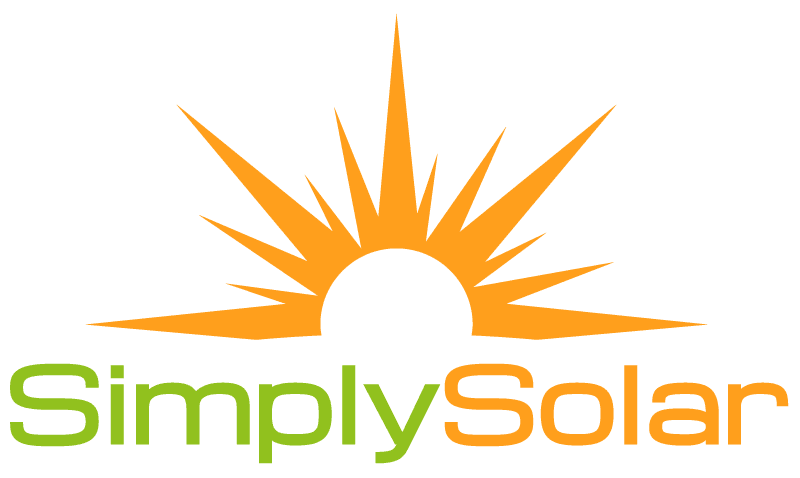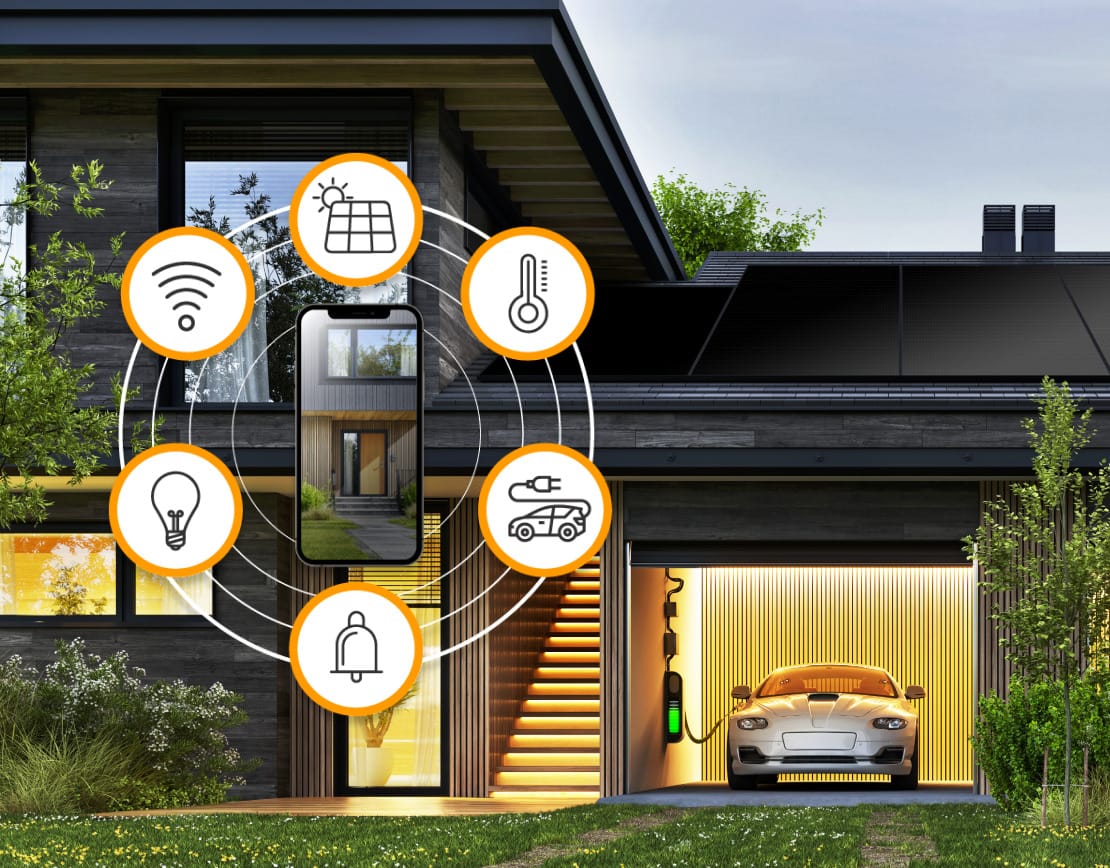Integration and Design
With solar technology rapidly improving for both businesses and homeowners, many consumers are beginning to focus on the aesthetics of solar integration. Although there are many ways that solar panels can be installed onto a home, there are significant differences in appearance, arrangement, and appeal.
Basic Design
Perhaps the most recognizable solar panel design is the silver frame with white backing. The aluminum frame reflects heat well, which makes the design both affordable and efficient. This is a basic design that is meant to keep costs low and provide high energy to the consumer.
Black on White
Much like the basic design, the black on white features a white backing but on a black frame. Most new homes have 30-year black roofing, so a black-frame panel blends in well with the newer design. Consumers also appreciate that the black frame reduces the harsh glare that is apparent on aluminum framing.
Black on Black
The black on black panels take sleek and aesthetically pleasing design to the next level. Rather than create a disparity between the black frame and the white backing, the black on black model blends seamlessly into most black fabric roofing. The result is a modern, high-performance panel design.
In-Roof Mounting
If you want panels that truly blend into the design of your roof, you can now find PV panels that fit directly into the roof – replacing a portion of the roof itself. Although this can cause performance to suffer somewhat (due to lack of ventilation), an experienced contractor can help you work around this obstacle. In-roof mounted panels are nearly undetectable from the street.
Full Roof Panel
For consumers who think in-roof mounting is “good, but still not enough,” they can go all-in with a full roof PV panel. This is just like it sounds: installers replace the entire roof with solar panels. This is relatively new to the marketplace and very expensive.
Traditional Roof Mounted System
For the consumer who looks for tried and true methods, the traditional roof or ground mounted solar system is the way to go. Most solar installers are well experienced with this type of installation, allowing for precision and few to no complications. Additionally, since this method of installation is widespread it is also the most cost effective option.
Panel Placement
After deciding on a panel design, the next important decision is where to place those panels on the house. Of course, if you have the full roof panel design, placement does not really matter – it will be everywhere. But assuming you are not ready just yet to replace the entire roof with solar panels, it is important to place the panels where they will maximize performance.
This has become an interesting (and ongoing) discussion among experts. It has even attracted the attention of scientists and university researchers. Originally, conventional wisdom suggested that south-facing panels were ideal. However, new evidence suggests that west-facing panels might be the better option. In a 2014 article, Dr. Joshua Rhodes studied this question and published his findings in Scientific American:
His conclusion? The results often depend on the goal of the consumer. To maximize coverage throughout the day, south-facing panels are superior. But to maximize performance during peak hours (and therefore maximize savings), west-facing panels are best.
The best option for consumers is to discuss their options with licensed contractors. They will be able to help place your panels so that they maximize efficiency and performance while also avoiding obstructions or shaded areas.
What to Expect After Installation
Once you have decided on the design and placement, it is helpful to know what your home will look like when the installation process is complete. Depending on the placement of your panels, you may not notice the new installation from the street. For many homes, the mounted panels can be seen only when on a ladder or climbing on the roof. However, you will most likely see the inverters – especially if you have opted for a string inverter (the industry standard).
You will notice your new solar panels most when you look at your monthly energy bills. This is where consumers find the greatest benefit to their new system.
Sources
https://nakedsolar.co.uk/solar-pv/solar-panel-aesthetics/
https://www.ecodirect.com/Silfab-Solar-SLA-300M-300-Watt-Mono-Solar-Panel-p/silfab-sla-300m.htm
https://energy.gov/energysaver/planning-home-solar-electric-system
https://www.asme.org/engineering-topics/articles/energy/making-solar-panels-more-attractive
https://blogs.scientificamerican.com/plugged-in/so-what-direction-should-solar-panels-face/



